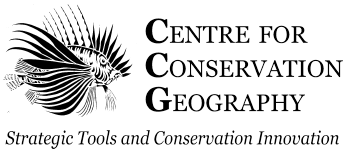This report is a rapid synthesis and analysis of available literature and data to inform policy makers on the varied economic impacts of gamba grass infestation and thus, the potential costs of delayed or inadequate responses, or a failure to act.
Gamba grass (Andropogon gayanus) is a weed that is highly invasive in the tropical savannas of Northern Australia. In the Northern Territory, it is increasingly acknowledged as one of the most significant threats to ecosystems and property.
Although gamba grass has received increased attention from Government recently, core infestations of up to 1.5 million hectares in the Darwin, Batchelor and Katherine regions continue to expand. New infestations have been discovered throughout the savanna region from remote Arnhem land to Groote Eylandt, demonstrating aggressive expansion through multiple pathways of seed dispersal.
The economic costs of these gamba grass weed invasions in the Northern Territory are also escalating rapidly. Leading researchers point to a ‘lack of adequately resourced on-ground action across the region of potential invasion’ (Setterfield, Rossiter-Rachor & Adams, 2018) as the weed continues to spread despite statutory requirements stipulating that it must be either controlled or eradicated across the entire Northern Territory. Efforts to document and calculate the full economic consequences of this containment failure are ongoing. It is clear that up-front resourcing of early intervention and control measures are more cost-effective than dealing with the rising costs of managing further gamba grass invasions.

